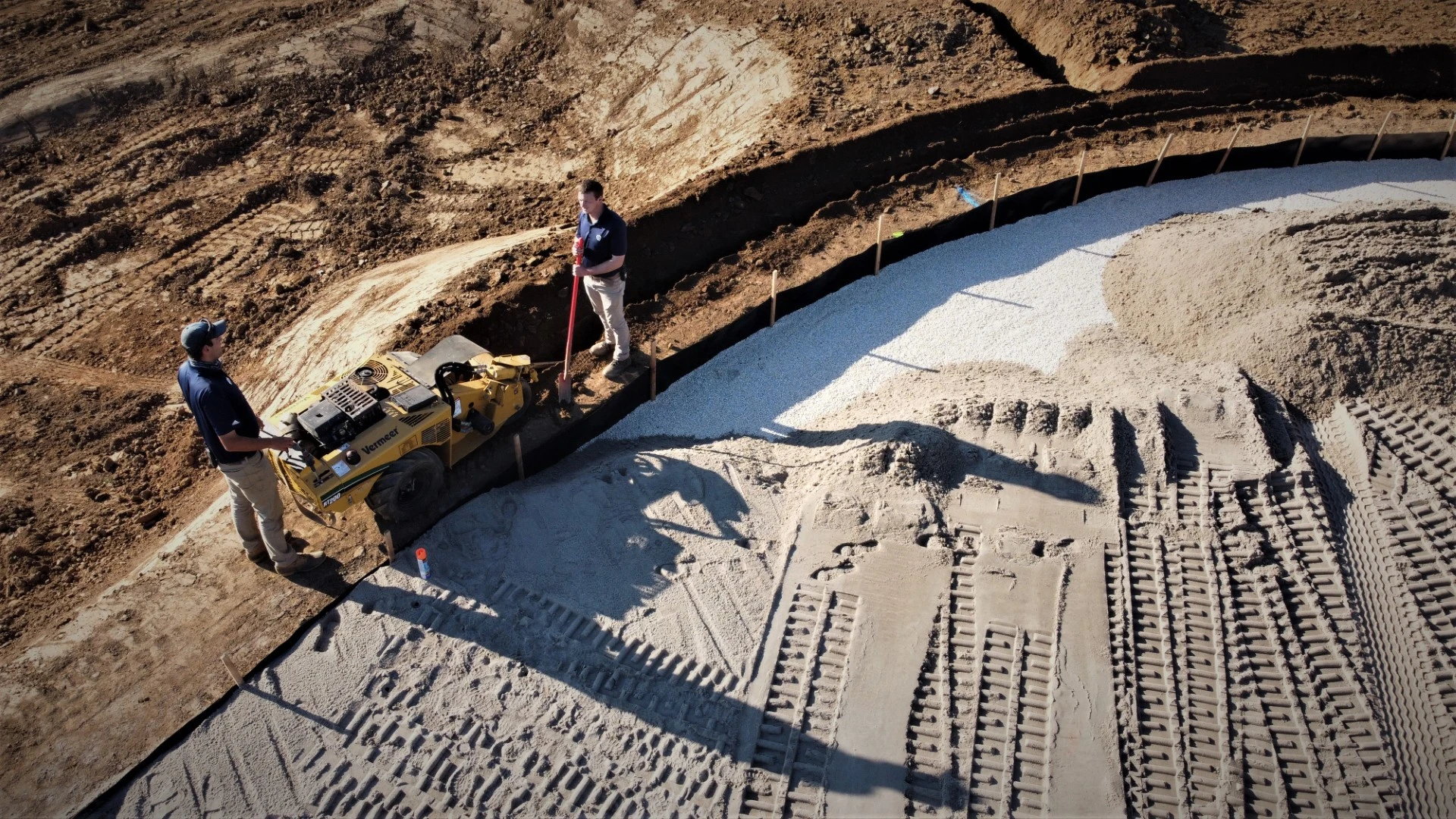
 Jeffrey D. Brauer |
While starting with plans, because some basic things like yardage, are best figured on plan, other things are better just “felt” or “seen” and not measured. The best final results come after field review. At some courses, I have actually started by walking the course with the committee, looking at individual holes. On an individual hole, a committee member might comment that the “carry is OK for me, but, ahem … too far for one of my friends” before agreeing on the merits of a shorter hole. Typically, after all the individual tee locations are plotted to their satisfaction, we often find that a total distance near the target of 4,300 yards (or 5,600 yards for white tees) just happened naturally. If you are at a club, the committee will probably be larger and more inclusive. If not, remember that you are trying to design the course for how the game is played by others, to eliminate the “good enough for lesser players” mentality present at most courses. At The Wilderness at Fortune Bay in Tower, Minn., we took our preliminary maps out in the field, first noting the recommended distance, and then considering all the factors that go into determining the best possible location for each tee. The superintendent helped determine the easiest locations from a construction and maintenance perspective. There are often compromises as you look at various locations considering all these issues:
Consider making forward tees clearly visible on early holes to make players aware of the forward-tee system. On later holes, you can conceal them by clever location or simple construction of building a small ridge behind them. With those parameters (and handicaps, enjoyment, image, etc.) on the line, the only thing I can guarantee is that the discussions will be interesting. No matter what compromises you may make in your individual situation, in reality, you have made the course better for forward-tee players.
Jeffrey D. Brauer is a veteran golf course architect responsible for more than 50 new courses and more than 100 renovations. A member and past president of the American Society of Golf Course Architects, he is president of Jeffrey D. Brauer/GolfScapes in Arlington, Texas. Reach him at jeff@jeffreydbrauer.com. |

Explore the December 2014 Issue
Check out more from this issue and find your next story to read.
Latest from Golf Course Industry
- Standard Golf announces new product lineup for 2025
- The Salt Pond taps Troon for management
- KemperSports selected to manage Swansea Country Club
- From the publisher’s pen: Grab that guide
- Introducing our April 2025 issue
- South Carolina leaders honor golf course superintendent
- One and only
- Wild can be good







